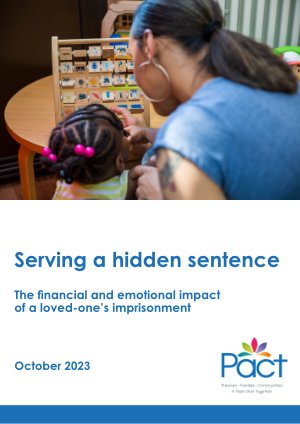By Madeline Bailey and Jennifer Peirce
In many places in the United States, perspectives on the necessity of jail incarceration are changing. There is now significant public discussion on the failures of traditional policing, the importance of bail reform, and the urgency of shifting investments out of jails and law enforcement and towards mental health, drug treatment programs, and other community services. These discussions have been centered in large, urban areas such as New York City, Los Angeles, and Philadelphia, where high-profile criminal justice reformers have developed themselves as champions for doing things differently. Indeed, their pushes for policy change, and the work of community advocacy groups that have held them accountable, have made an impact on the number of people in jail in cities: From 2013 through 2019, urban areas saw an 18 percent overall decrease in their jail populations and a 22 percent decrease in the rate of jail incarceration. Overall, U.S. jail populations have dropped from a high of 785,533 in 2008 to 758,420 in 2019. Even still, the scale of jail incarceration is enormous: 10.7 million people were booked into a jail during 2018. In the wake of reactions to the COVID19 pandemic, jail populations reached a low of 575,500 in mid-2020, which has since crept back to 633,200 in late 2020. But this national trend contains two diverging tendencies: As urban jail populations declined, many rural localities have instead expanded their carceral footprint. This means that jail incarceration in the U.S. is now increasingly a rural phenomenon. Rural places comprise approximately two-thirds of all U.S. counties and about 14% of the national population, while people in jail in rural counties represent 21% of people in jail across the country. In contrast to national trends, jail populations in rural counties increased by 27% from 2013 to 2019, reaching per capita incarceration rates at nearly double those in urban areas. Quietly, between 1970 and 2013, rates of pretrial detention in these rural areas grew by 436%. Measured in rates per 100,000 residents, the incarceration rate in rural counties was 398, 2.4 times higher than the incarceration rate of 165 in urban counties. Despite playing an increasingly prominent role in national trends, rural places have been less prominent in the national criminal justice reform narrative. Rather, there are several common assumptions that circulate as to why people go to jail in rural areas: that the opioid crisis hit rural communities hardest and this inevitably led to more arrests and jail time, that rural areas do not have the resources to offer robust diversion programs or treatment services, and that rural law enforcement and political leaders are ideologically committed to tougher “law and order” tactics. While these narratives contain significant elements of truth for many rural counties and do play a role in shaping crime and justice dynamics more broadly, they do not explain the enormous scale of rural jail growth specifically. This article argues that, instead, the principal drivers of rural jail incarceration are policy choices and discretionary practices that are largely within the purview of local and state justice system leaders. Data on jail population trends are now comprehensive and detailed enough to illustrate some diverging trends between rural counties and smaller cities versus major metropolitan areas. Research has started to identify some of the principal drivers of rural jail populations, such as pretrial detention and economic incentives for holding people in jail. But a principal insight from existing research in rural systems is that any analysis of the formal mechanisms of the justice system must be embedded in the local context. Individual criminal justice actors in rural areas have even more influence on reforms than they typically do in larger systems. Local views and attitudes about the causes of crime and the merits of potential reforms can vary greatly even among rural communities in a given region. The rural versus urban divide is not just “tough on crime” versus treatment and prevention. Community advocacy and pressure on jails in rural communities is often driven by organizations whose focus is not usually criminal justice (such as churches or civic organizations); their strategies and messages thus require more contextualization. As demographics and immigration patterns shift, new coalitions are also emerging that may be involved in debates about how counties use detention centers. Further, in places with less data management capacity, understanding the process for generating administrative data is more important. In other words, the common analysis methods for unpacking jail trends in big cities miss meaningful parts of the picture in rural areas. This article sets out to frame the state of knowledge on drivers of rural jail incarceration and identifies where more research is needed to build pathways toward reversing rural jail growth trends. The goal is not to illustrate or test any given explanation empirically. Rather, this article draws on national data and examples from specific rural areas16 to consider several contributing factors to rural jail growth: money bail and pretrial detention, financial incentives to holding people in jail, probation enforcement, and unintended consequences of state-level reforms. It will then discuss how common issues facing many rural places, such as scarcity of social service organizations and challenges in accessing lawyers and resources in the criminal legal system affect rural jail population reduction efforts. Finally, it will point to opportunities for policy and practice change that are tailored to rural places. This is a call for further research and policy development on reducing local jail incarceration in rural areas, in ways that are attuned to the variation and complexities of rural communities.
Idaho Law Review Volume 57 Number 3 Article 5 November 2022





















